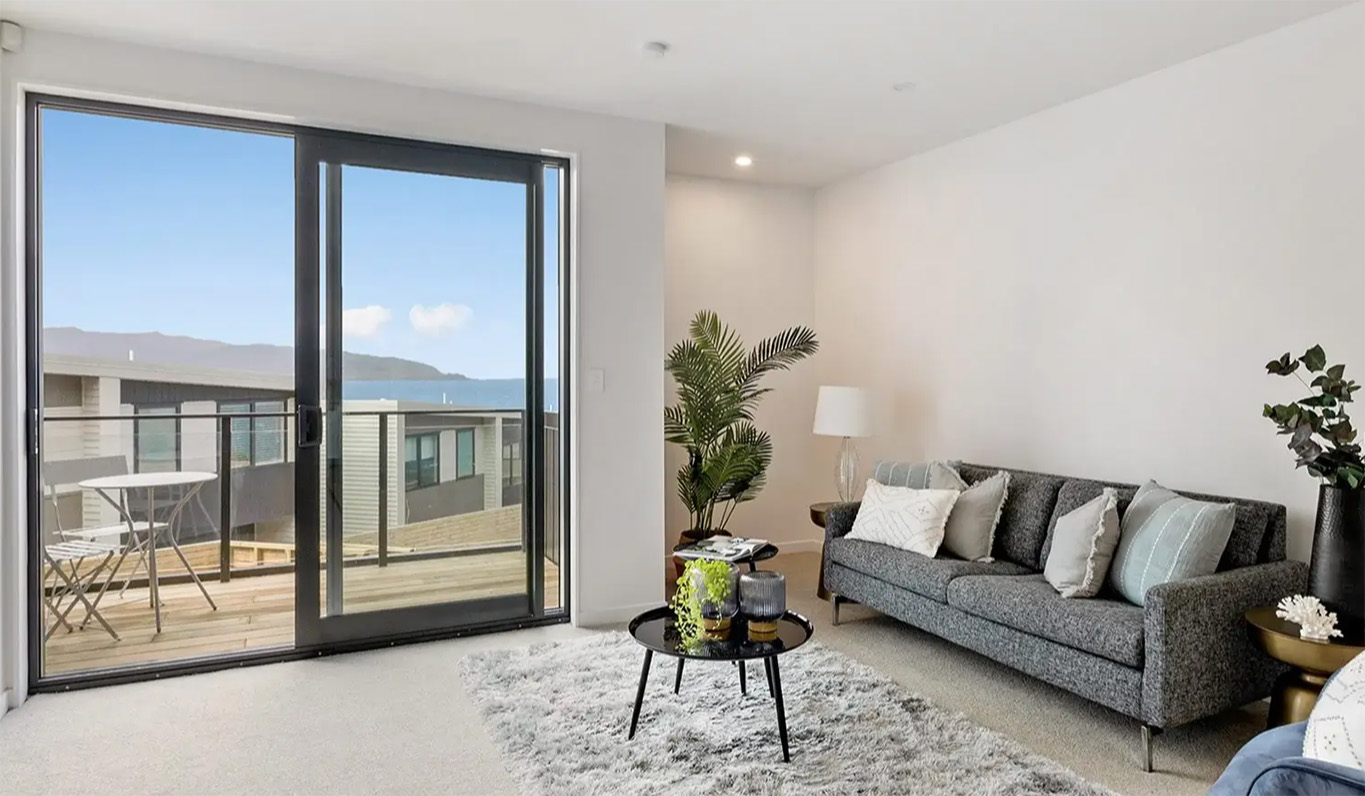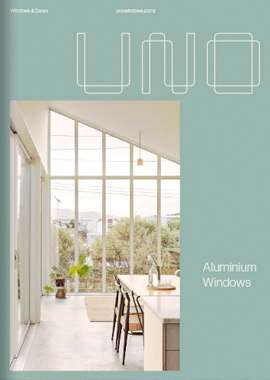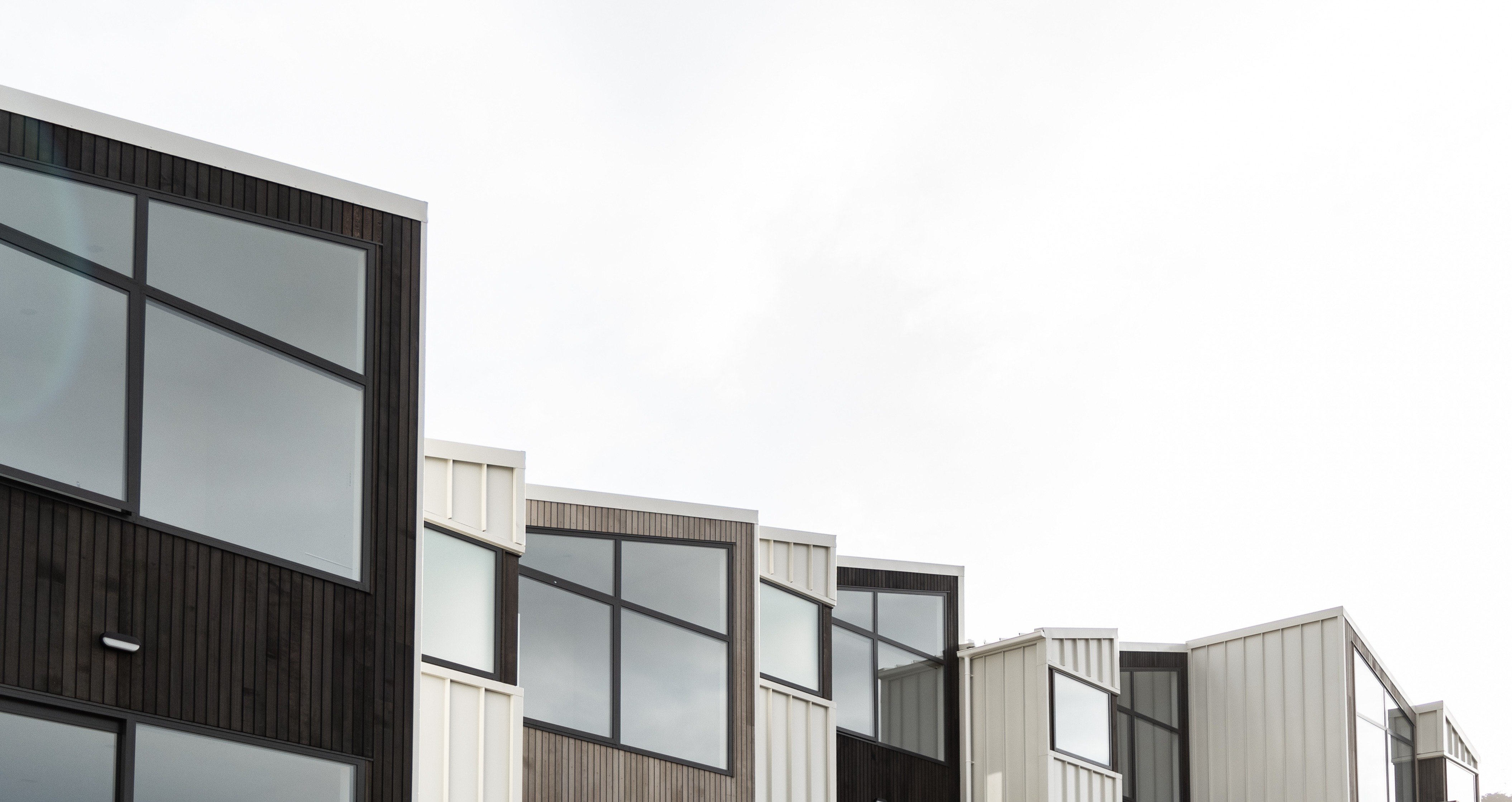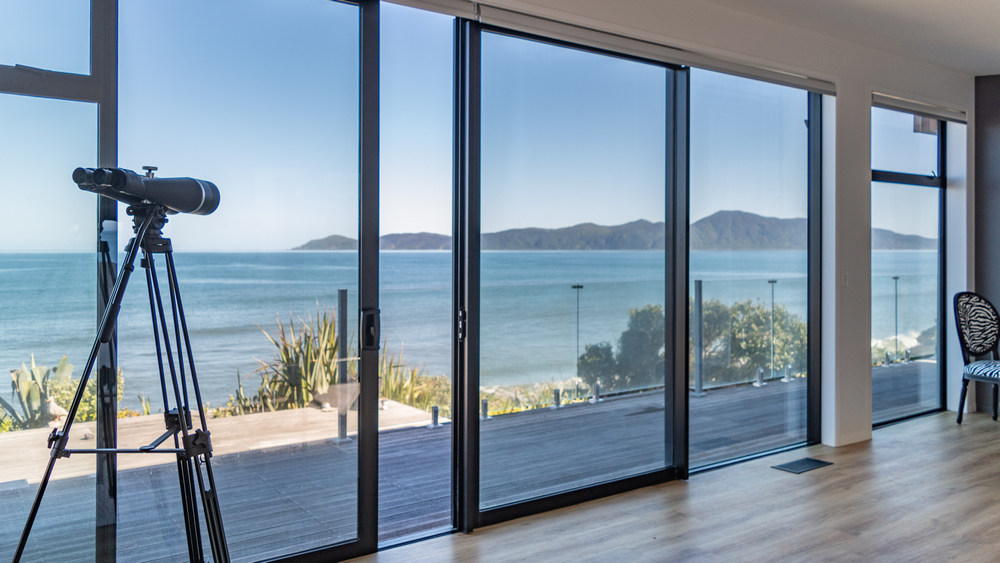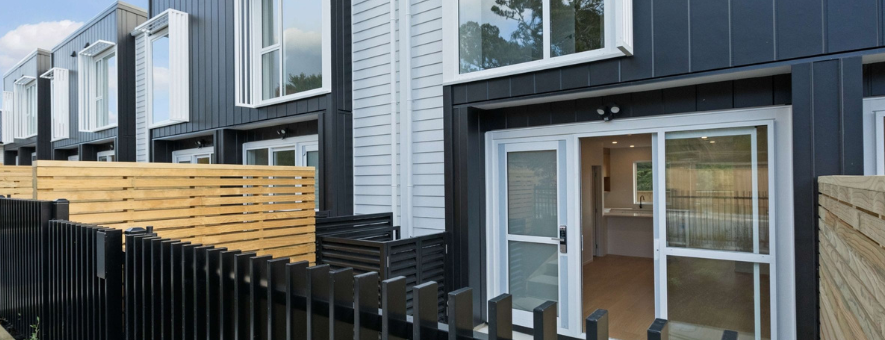There are many different types of glass that can be used for your windows, each of which can have an impact on the temperature, lighting, sound and overall comfort of your home. During the cooler winter months, having extra insulation can prove invaluable for the comfort of your family. Options such as low-E glass have good thermal performance and help your home stay drier, creating a healthier living environment.
What is Low-E glass?
Low-E, which stands for low emissivity, is the ability to radiate absorbed energy and reduce the amount of heat transfer. This virtually invisible, high-tech protective coating on low-E glass works by blocking some wavelengths of light and allowing others through. By letting the light in and reflecting the heat back to the source, a low-E coating minimises heat transfer through the glass which improves the thermal efficiency and helps to create a lighter, healthier home.
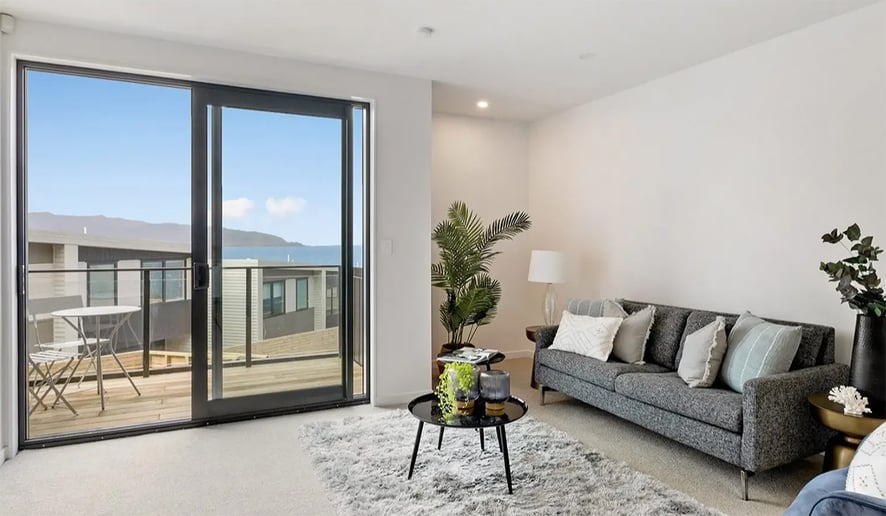
There are multiple benefits of choosing high-performance low-E glass for your home. These include:
Lower power bills
Low-E glass reflects as much of the ultraviolet (UV) and infrared (IR) light as possible back to its source in order to prevent heat from passing from one side of the glass to the other. This means that you’re able to keep the heat outside in summer and indoors in winter, reducing the amount of energy required to control the temperature of your home which can provide significant energy savings throughout the year.
Reduced condensation
Low-E double glazing increases the internal glass surface temperature, which reduces the likelihood of condensation on the inner glass surface.
Warmer and healthier homes
The low-E coating provides a reflective surface, causing heat energy to bounce back from where it came from. This means that less heat is lost indoors and the chance of condensation is reduced. Your home, therefore, stays drier and provides a healthier living environment for your family.
Keeping the heat out in summer and the warmth in during winter means that you’re able to maintain a pleasant climate inside your home.
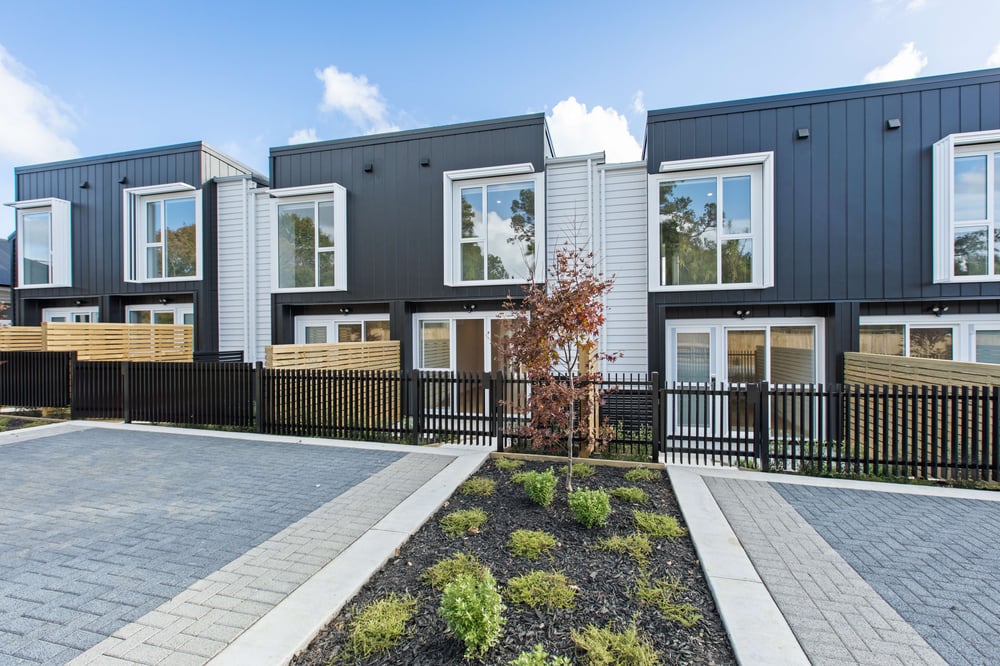
Improved insulation
One of the primary benefits of low-E glass is to improve the insulating performance of your windows. Low-E Glass reduces the heat loss and solar gain. Better insulation makes it easier to keep temperatures constant, so your comfort level is increased and your carbon footprint reduced.
The R-value of the glass indicates its insulation rating and is useful for comparing glass options. According to Build NZ magazine, a low-E surface can improve the window’s average R-value to:
- 0.31 m²K/W from 0.26 m²K/W for standard clear double glazing in a standard aluminium frame
- 0.20 m²K/W from 0.15 m²K/W for single glazing.
If you want even greater insulating properties, you can also add argon gas, an inert gas, into the air space in the inner layer of a double glazed window. Argon plus low-E glass will make your windows approximately 50% more energy efficient than standard double glazing.
With more recent advances and the increasing demand for more energy-efficient glass, this performance has been even further improved with high-performance soft coat Low-E glazing producing an average R-value in a standard aluminium frame of up to 0.54 m²K/W from 0.26 m²K/W - which is over twice as efficient as the standard clear double glazing!
Reduced fading
Sunlight streaming through your windows can cause damage to furnishings, carpet and wallpaper, which is often costly to replace. Low-E double glazed windows can help protect the interior of your home from fading by reducing levels of incoming UV light while still allowing the visible light spectrum to flow through. Fading reduction of up to 35% can be achieved with a high-performance Low-E insulated glass unit over standard clear double glazing.
Improvement on the NZ building code
Low-E double glazed windows improve the minimum performance of windows in new homes as required by the NZ building code, and will likely become the new minimum standard for windows throughout New Zealand.
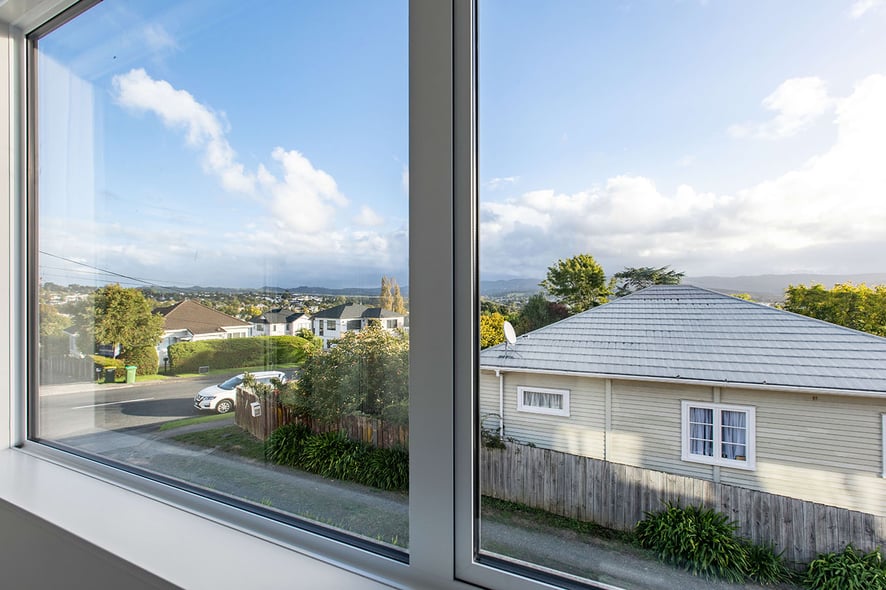
The low-E coating can be applied to both single and double glazed windows, however, it's best to adjust the layer it’s applied to depending on the glazing type to ensure longevity. For example, on a single glazed window, the coating is placed on the internal side of the window in order to protect it from the elements, however, on a double glazed window, it’s usually placed on the outside facing surface of the inner pane to protect the surface and maximise passive solar gains in winter.
There are two common types of low-E glass coatings – soft coat and hard coat. The soft coating is applied after the glass has been manufactured by depositing a thin metallic coating onto the glass surface in a vacuum chamber. As the coating is not fused onto the glass surface, it is susceptible to damage through oxidation or by scratching. This type of coating is only used inside insulated double glazed units. When compared to a hard coat, soft coats tend to have more optical clarity (hard coats can appear as a bit “hazier”), lower emissivity, and superior solar control performance.
The hard coating is applied during the glass manufacturing process by bonding a metallic coating to the glass while it is in a semi-molten state. Because the metallic coating becomes part of the glass surface, the coating is more durable making it suitable for use on both single and double glazed windows.
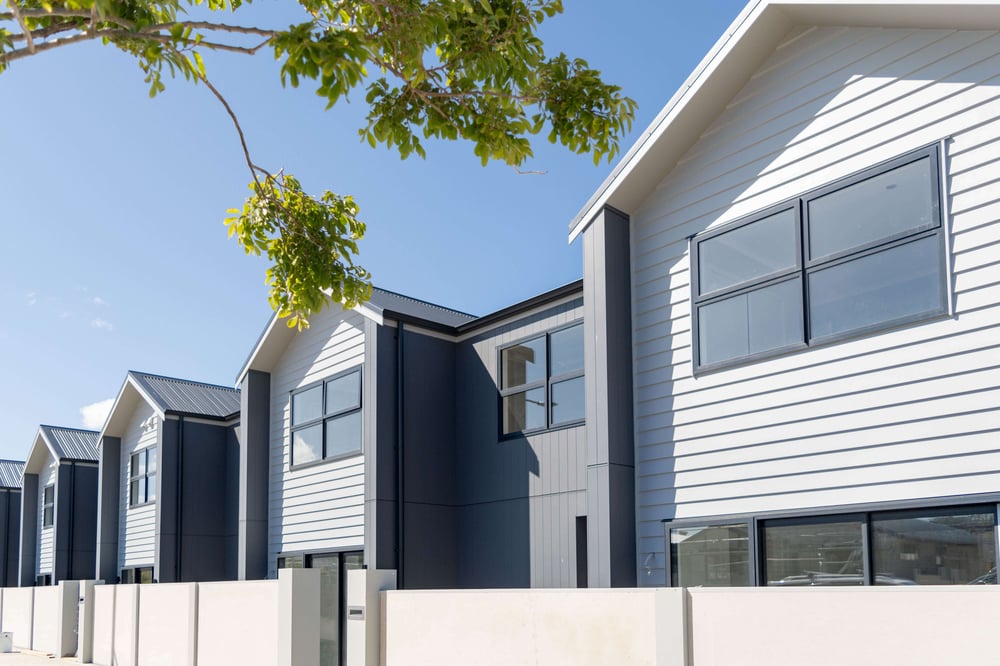
Whether it’s the coldest part of winter or the warmest part of summer, low-E glass is a great way to keep your power bill low, optimise your environmental efficiency and improve the comfort of your home.
For more information regarding the best type of glass to use in your windows, download our glass brochure. It has been designed to help you find a high-performing glass solution that improves the comfort of your home.
Download the glass brochure

